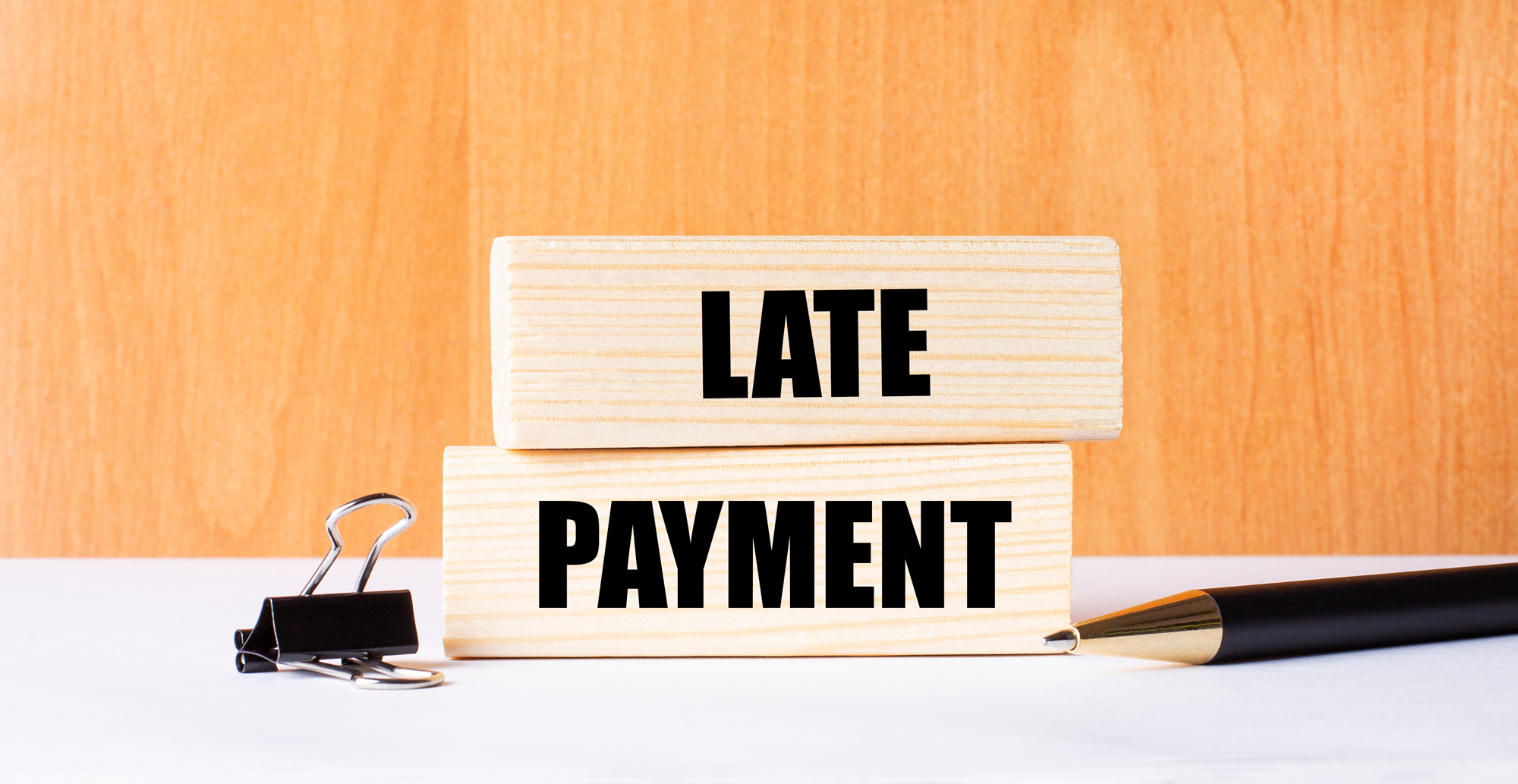Thinking Of Buying A Business Asset?
Clients often ask us about the best way to acquire different types of assets in their business. In this article we’re talking about plant & equipment and depreciating assets like machinery and computers. On 1 July, 2012 some new rules were introduced that offer small business owners significant tax advantages. In some cases, a small business can claim the entire cost of the asset as a tax deduction in the year of purchase. Historically, these business assets were depreciated over a number of years, or their effective working life.
To be eligible for these simplified depreciation rules the entity needs to be in business (trading not just holding investments) and have an aggregated annual turnover of less than $2 million. The ‘aggregated turnover test’ not only looks at your turnover but also the turnover of any entities connected to you such as a Trust.
Assets Costing Less Than $6,500
If your business qualifies as a small business and can access the simplified depreciation rules, any depreciating assets you purchase below $6,500 can be written off in the year of purchase. If your business is registered for GST the $6,500 is GST exclusive, if not, the $6,500 is the GST inclusive amount.
Let’s assume you decide to replace some of the computers in your office and you purchase 4 new laptop computers in the 2012/13 financial year at a GST exclusive cost of $2,500 each (GST ex). As each laptop costs less than $6,500, they can be written off immediately and you can claim a total deduction of $10,000 in your 2013 tax return. As this example illustrates, the $6,500 threshold applies on an asset by asset basis, so you can claim the immediate deduction on more than one asset.
In addition to claiming an immediate tax deduction for assets with an initial cost of less than $6,500, in some circumstances it is also possible to claim an immediate deduction for additions or improvements to these assets in a later income year. For example, if you purchased a digital printer for $5,500 in 2012/2013 and then bought a $2,200 component to improve the productivity of the printer in 2013/14 you could claim the initial purchase price ($5,500) in 2012/2013 and the $2,200 printer component in the 2013/2014 year. However, it is only possible to claim an immediate deduction for the first additions or improvements. Any additions or improvements beyond the first component are not an outright tax deduction and depreciation would be claimed over a number of years.
Special Rules for Motor Vehicles
You can claim an immediate tax deduction for the first $5,000 on new and second hand motor vehicles purchased
on or after July 1, 2012. The balance of the vehicle’s cost price is then depreciated at 15% in the first year. A motor vehicle for these purposes is defined as any motor powered on-road vehicle including four wheel drives. However, graders, tractors, harvesters etc. don’t qualify as their primary purpose is not to run on public roads.
Let’s assume you are a trades person and buy a twin cab 4WD utility for $40,000 excluding GST in March 2013. The vehicle is used exclusively for business and in the 2012/13 financial year you can claim a tax deduction of $5,000 with the balance of the purchase price ($35,000) depreciated at 15% in the same year.
Limits apply to the deduction you can claim. If it’s a ‘luxury’ vehicle, the depreciation cost limit for 2012/13 is limited to $57,466 regardless of how much you paid for the vehicle.
Other Assets Costing More Than $6500
What happens if you buy an asset (other than a car) that costs more than $6,500? Small businesses can ‘pool’ all other assets and claim 15% the first year the asset is in the pool and 30% for each subsequent year. If the value of the pool drops to below $6,500 then the whole pool can be written off.
Get Advice
It is important you seek advice before you rush out and buy expensive plant and equipment or cars. You need to consider the taxation and cash flow consequences. Talk to us before you commit to the purchase of capital equipment because we can advise you on finance alternatives and the various GST and taxation implications.











